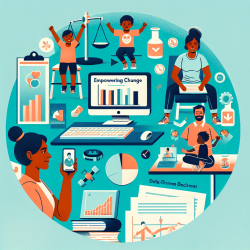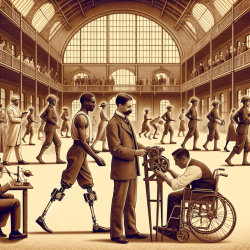Introduction
In the evolving landscape of healthcare, the integration of human rights education within patient care is not just a moral imperative but a transformative tool for practitioners. The research article "Human rights education in patient care" by Joanna N. Erdman delves into how embedding human rights norms in healthcare can build knowledge, change culture, and empower advocacy. This blog explores how practitioners can enhance their skills by implementing these outcomes.
Building Knowledge
Human rights education in healthcare begins with imparting knowledge about the laws and institutions designed for their protection. This is crucial for practitioners to understand the legal frameworks that influence patient care. The study highlights resources like the Health and Human Rights Resource Guide, which make international human rights law more accessible to healthcare professionals. By understanding these laws, practitioners can better navigate the complexities of patient care and ensure compliance with human rights standards.
Changing Culture
Beyond knowledge, human rights education seeks to change the cultural norms within healthcare institutions. This involves challenging stereotypes and prejudices that lead to the mistreatment of marginalized groups. For instance, experiential education methods, such as role-playing and community engagement, can help practitioners develop empathy and a deeper understanding of their patients' lived experiences. This cultural shift is vital for fostering a rights-respecting environment in healthcare settings.
Empowering Advocacy
Empowering practitioners to advocate for social justice is perhaps the most radical objective of human rights education. By equipping healthcare professionals with advocacy skills, they can address systemic issues that impact patient care. The research underscores the importance of integrating advocacy training into clinical practice, enabling practitioners to act on a larger scale. This not only improves patient outcomes but also positions healthcare professionals as key players in social reform.
Conclusion
The integration of human rights education in patient care is a transformative approach that enhances practitioner skills and improves patient outcomes. By building knowledge, changing culture, and empowering advocacy, healthcare professionals can contribute to systemic reform and uphold the dignity and rights of their patients. Practitioners are encouraged to delve deeper into this field to further enhance their capabilities and impact.
To read the original research paper, please follow this link: Human rights education in patient care.










